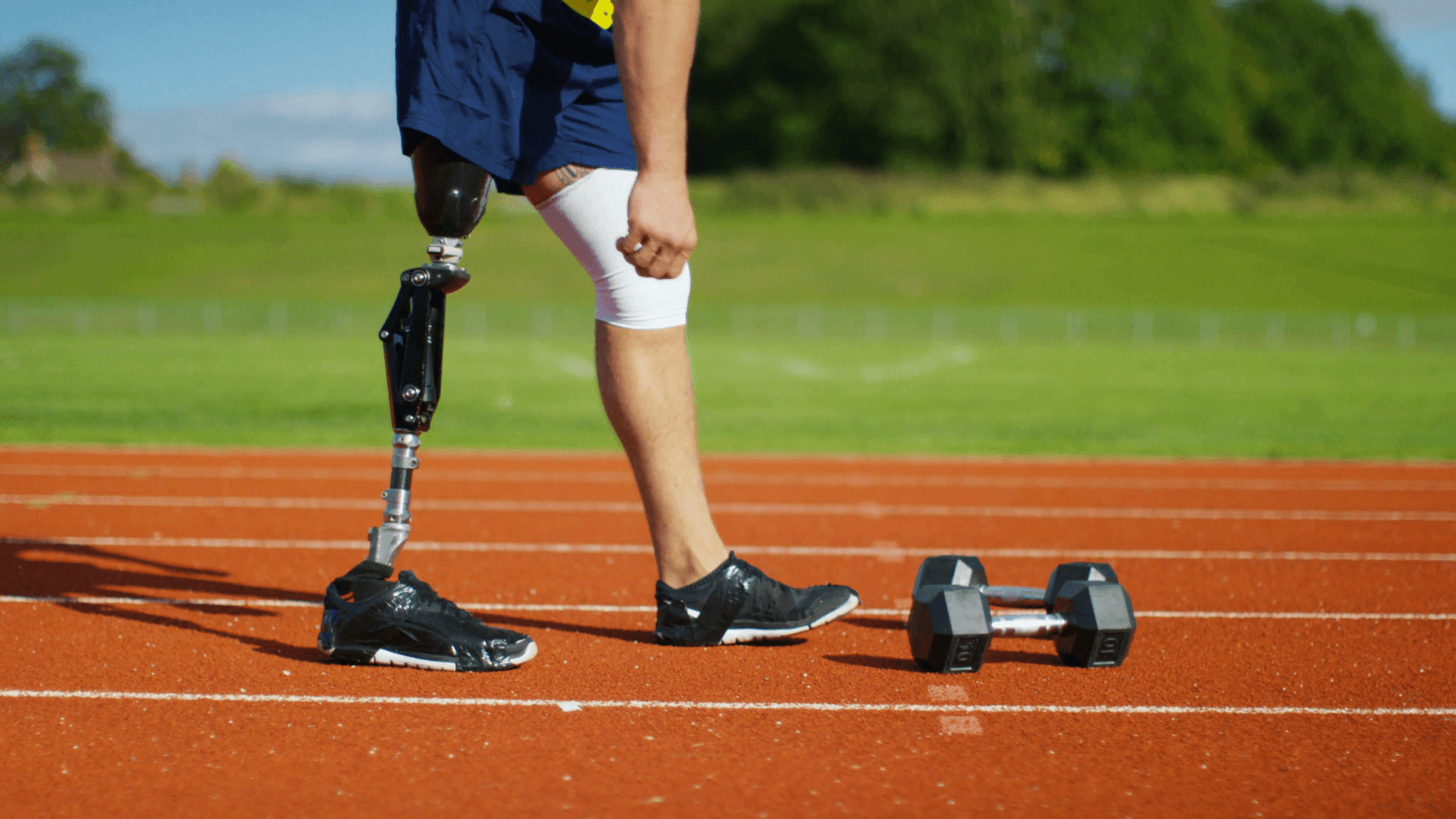In context: Prosthetic technology has come a long way over the years. Once upon a time, artificial limbs were largely cosmetic, and weren't the most functional objects in the world – nowadays, we have muscle-controlled prosthetics that allow for a much greater range of motion. Amputees can move individual fingers, pick up objects (or steer vehicles), and more.
Unfortunately, we're still a ways off from emulating the full range of senses that organic limbs offer. Even the best prosthetic arms and legs out there typically don't feature believable haptic feedback, which can prevent them from feeling like a true extension of one's body. However, progress is being made in this regard. As reported by IEEE Spectrum, researchers have developed a bionic leg that can "feel" – sort of.
The leg is capable of sending "sensor input" to an individual's nervous system, allowing them to feel sensations like a knee bending, or foot-to-ground walking resistance. According to Spectrum, this technology has so far been successful at reducing instances of "phantom pain" from non-existent legs, as well as boosting a user's endurance and overall quality-of-life.
Apparently, these feedback functions work through a combination of algorithms, sensors, and a "small implant" injected into a user's thigh. It's a bit more intrusive than other prosthetic alternatives, but it sounds like the benefits may be worth the trade-off.
This was tested among two different above-knee amputees. The amputees were asked to walk around "various types" of terrain, with and without the sensory feedback capabilities of the prosthetic switched on. When they were on, Spectrum says users could feel the limb's presence and tended to walk faster; all while consuming less oxygen overall.
It'll be a while before this technology is ready for market, but it's exciting to see advances like this being made. In a couple decades (or less), provided the technology is sophisticated enough, perhaps some people will be actively trying to replace their limbs with artificial alternatives. Only time will tell.
Image credit: Orthapaedic Industries
